OPEC in troubled waters
The recent decision by OPEC to cut oil production to raise the price of oil is less of a surprise and more of a confirmation of how the organisation has changed in recent years.
Two and a half years ago, an oil price war broke between Saudi Arabia and Russia. Back then, the Saudis wanted a cut in oil production because the low global demand threatened to push down the price of oil below $40/barrel – the threshold below which the US shale oil production becomes untenable.
Russia refused to comply, sending the price of oil on a downward spiral. At one point, the oil price even became negative.
Many interpreted Russia’s move as an attempt to hurt the American shale oil production. While this may be true, the move also made apparent something significant: for the first time ever, Saudi Arabia was unable to manipulate the price of oil by itself. Some sort of an agreement between the Saudis and Russia was needed, and only when things were finally agreed, in April 2020 and then again in June 2020, a cut in oil production could finally be imposed.
Before this episode, everybody assumed that, as OPEC’s biggest oil producer by far, Saudi Arabia had the capacity to manipulate the oil price by forcing an increase or a decrease in oil production.
This belief was one of the main reasons why the US forged a strategic alliance with the Saudis. The idea was that if the Saudis were the key influencer, an alliance with them would tame OPEC and help keep the oil price where the Americans wanted it.
The oil price war between Saudi Arabia and Russia in March 2020 proved this assumption wrong: only an agreement between Russia and the Saudis could in fact manipulate the price of oil. Without such an agreement, Saudi Arabia by itself is powerless. What used to look like a de facto monopoly was, in reality, a duopoly.
The Saudis learnt the lesson quickly and gradually moved closer to Russia. Today, Saudi Arabia and Russia lead the OPEC+ group together, with Saudi Arabia investing heavily in Russian energy companies.
All this culminated with the recent OPEC decision to significantly cut the production of oil, which was a slap in the face of both America and Europe. The move helps Russia to finance its war in Ukraine and hurts both Europe and the US. A rise in oil price threatens to not only plunge the European Union into recession but also to weaken America’s economic growth.
The Russian-Saudi duopoly influences other OPEC members as well, the most important of them being the United Arab Emirates (UAE). Just days after OPEC’s oil cut decision, UAE’s President, Sheikh Mohammed bin Zayed Al Nahyan, was in Moscow meeting Vladimir Putin, who congratulated him for supporting the cut.
This suggests that whatever the Saudi-Russian duopoly decides, UAE will support, meaning that any dissent within OPEC becomes virtually impossible. With UAE’s help, OPEC is now nothing more than a global tool used by Russia to advance its interests.
In a rare show of bipartisanship, both the Democrats and the Republicans are furious, threatening Saudi Arabia with harsh retaliatory measures.
Whether any of these measures will become reality, it remains to be seen. What is certain, however, is that if Saudi Arabia cannot influence the price of oil by itself, its strategic value for the US is rapidly decreasing. And so is UAE’s, actually, because its increasingly pro-Russian stance simply enforces the Russian-Saudi duopoly.
This changes the entire geopolitical landscape, including for OPEC. If OPEC is no longer a price stabiliser but essentially a Russian tool, its very existence will inevitably be called into question. The organisation will increasingly be seen more as an avoidable nuisance rather than as a necessary partner, so the attempts to dismantle it will become stronger and more frequent.
Right now, with Saudi Arabia’s increasing dependence on Russia and with UAE supporting the Saudi-Russian duopoly, OPEC is sailing very troubled waters, with its future being more uncertain than ever.

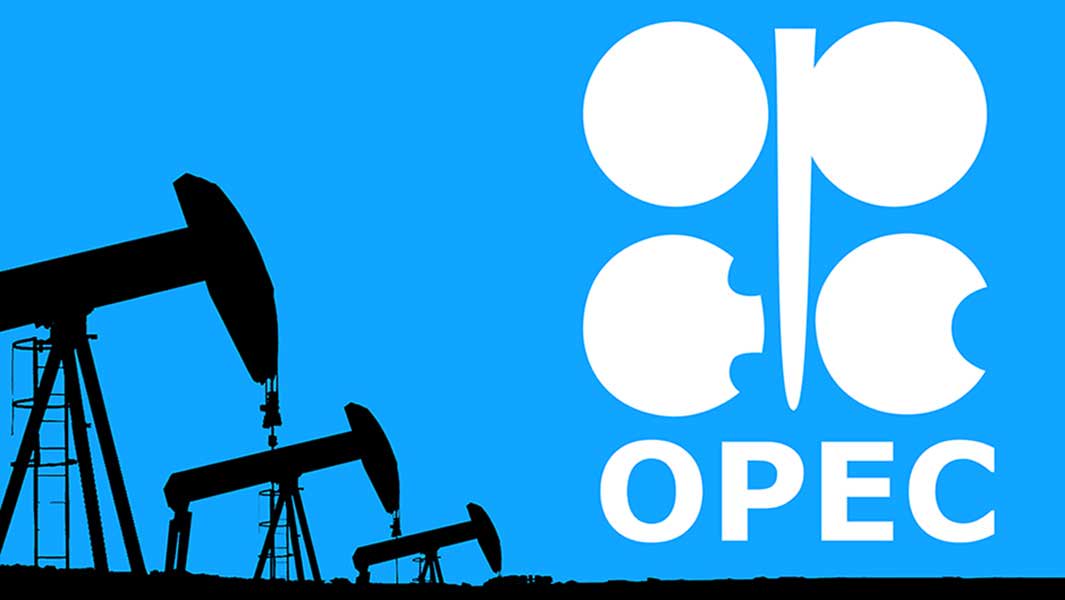

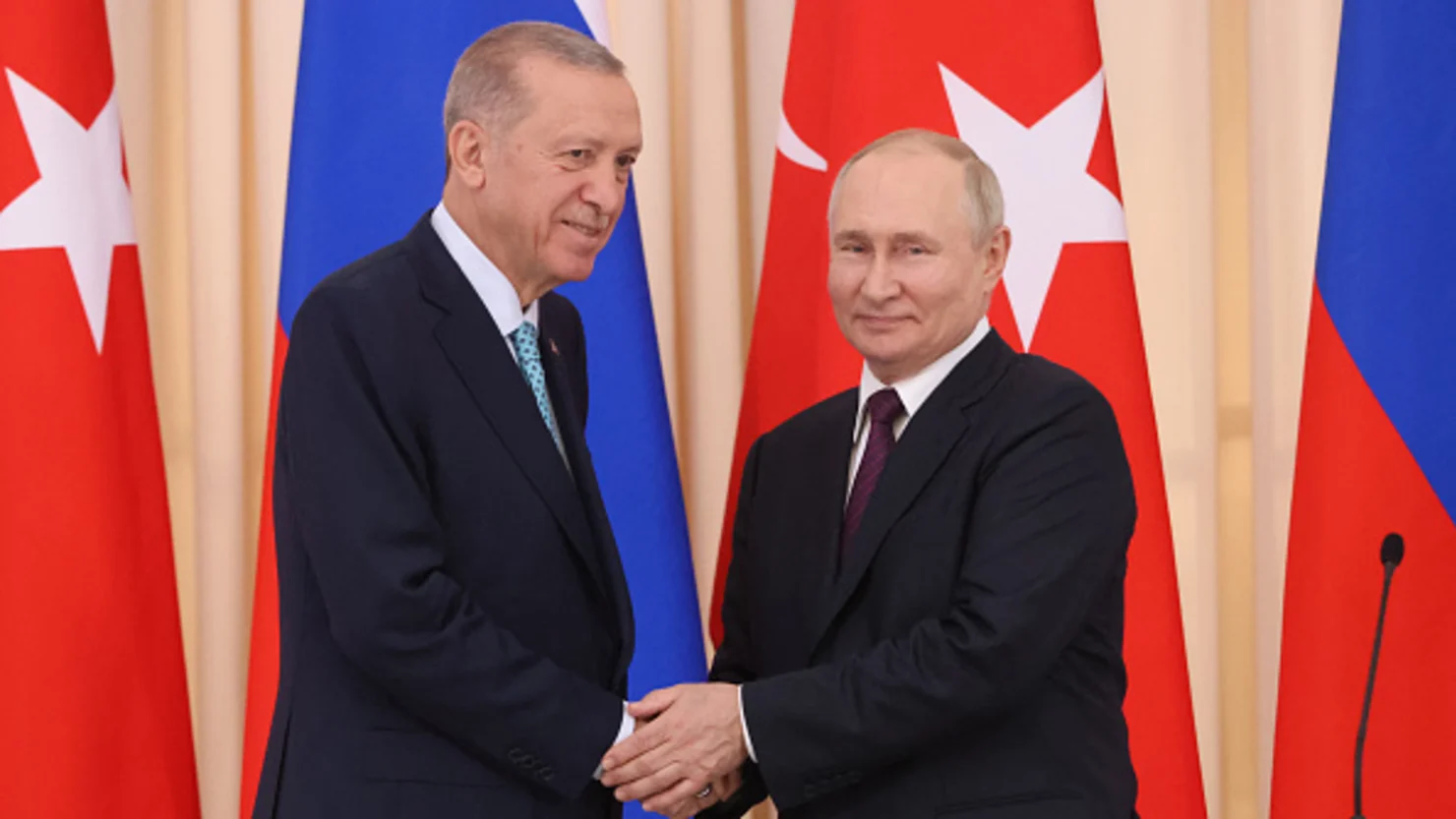
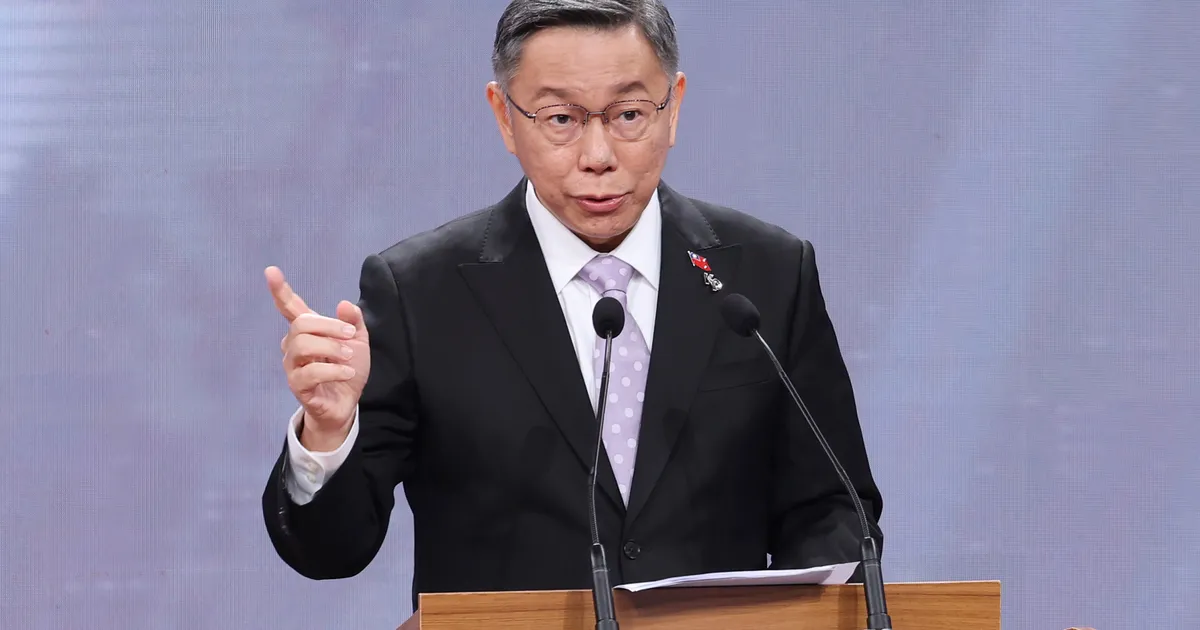


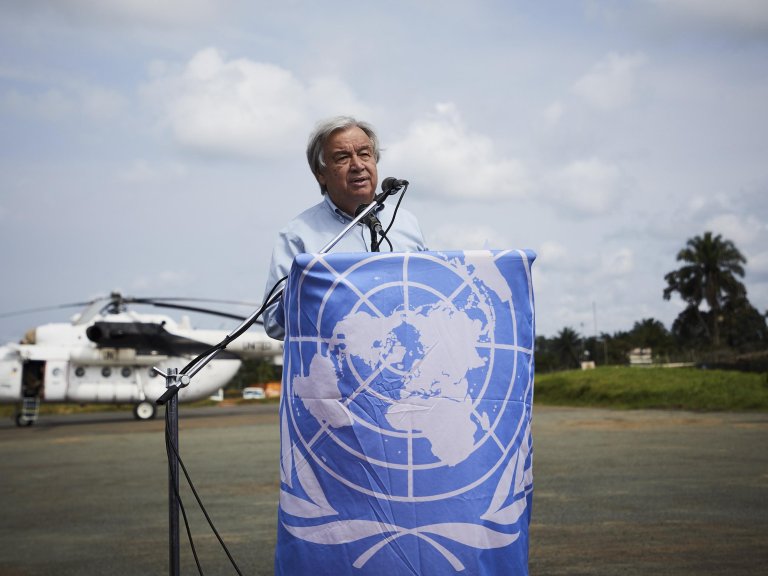
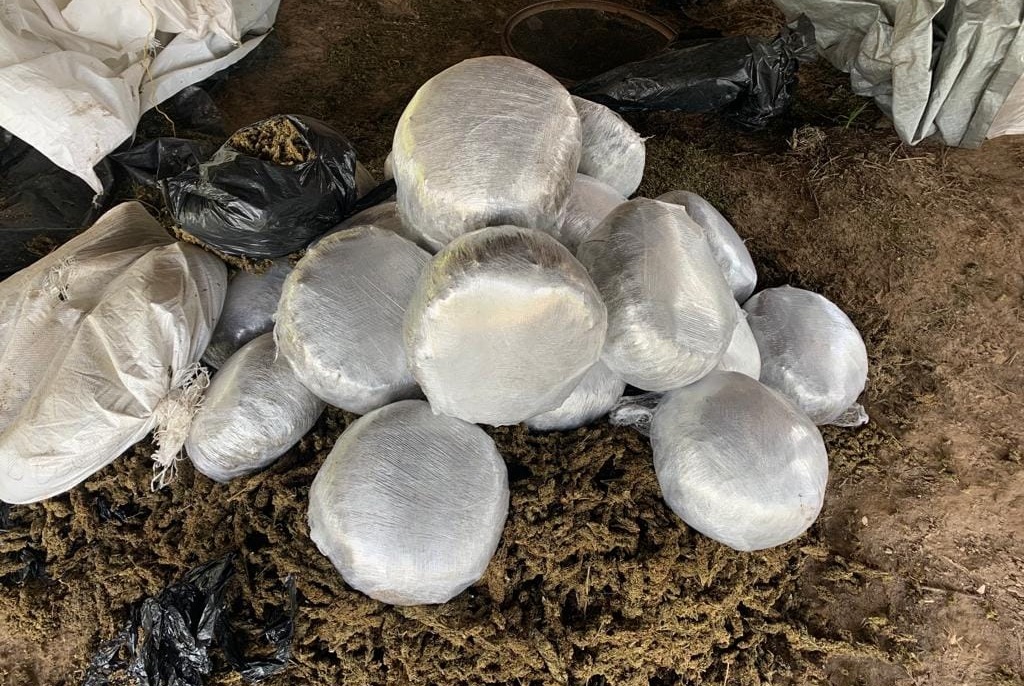
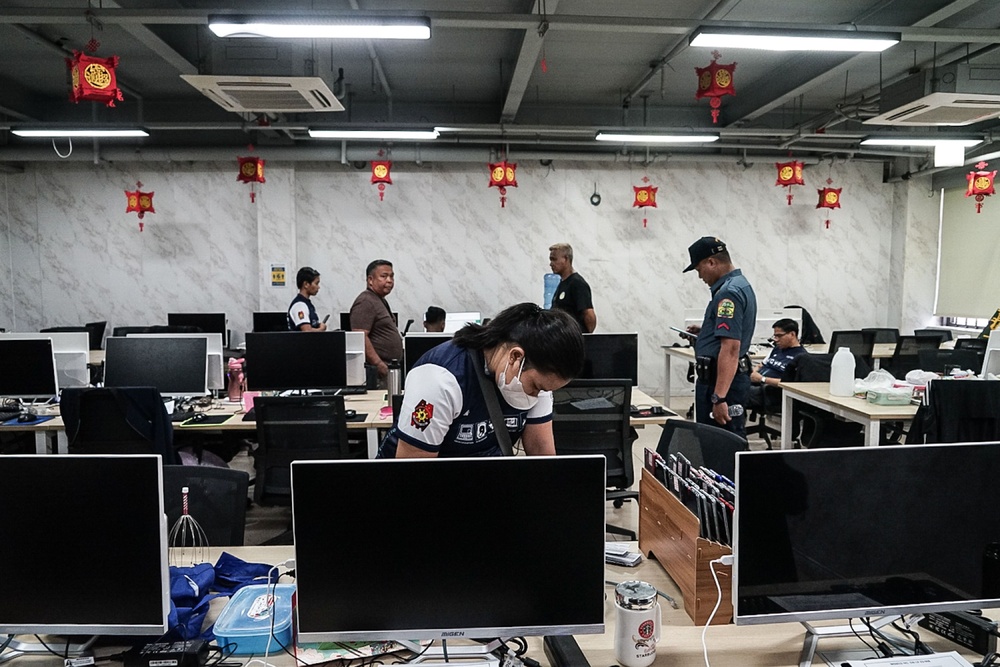
Trackbacks and Pingbacks